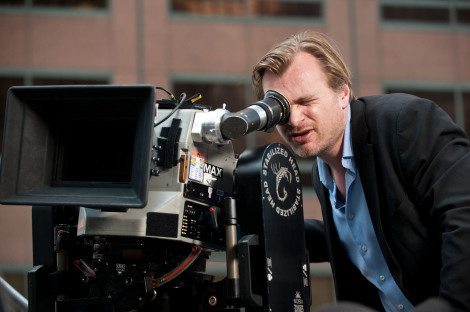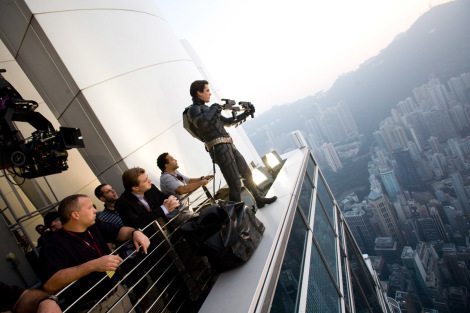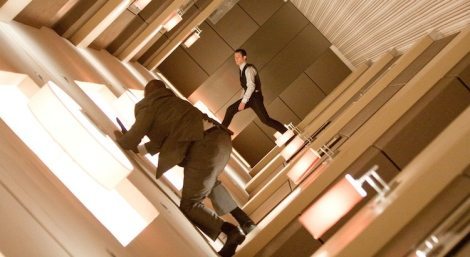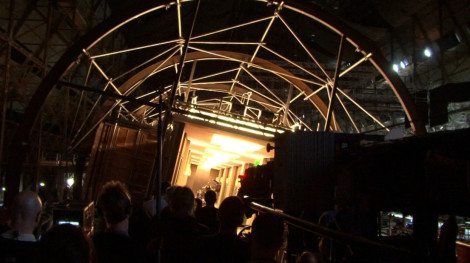
Christopher Nolan was born to the medium: growing up, he was obsessed with the films of Kubrick and Spielberg, and made his own movies using his dad’s Super 8 Camera since the age of 7. Nolan did not attend film school. He instead pursued a strictly academic education in English Literature at University College London — a background that is readily apparent in the eloquent and precise vocabulary he uses to express his masterfully conceived ideas. Throughout college, he continued to make short films with his friends, and organically formed his own signature aesthetic in time.
As far as narrative influences go, the detective novels of Graham Swift (Waterland was a big inspiration) and James Ellroy cultivated Nolan’s fascination with parallel timelines and nonlinear storytelling; he expertly plays with the notions of narrative time and perspective to their most extreme in Momento (2000), the film “meta noir” that catapulted him to fame.

For example, one would think that Nolan’s visual effects goliaths speak to an appreciation of CGI and 3D, but the great English filmmaker has rejected the 3D and even the pressures to film digitally. For his work, Nolan insists on the use of traditional film, (particularly the breathtaking canvas of IMAX,) models, sets and physical basis for animation. Remember that amazing tumbling hallway sequence in Inception with Joseph Gordon Levitt’s bravura battle against a pesky shade? Nolan and his crew built a 100% real-life tumbling hallway for the scene, involving no green screen or CGI.


For now, here’s the frequently used and abused Inception sound that we hear in every trailer today: